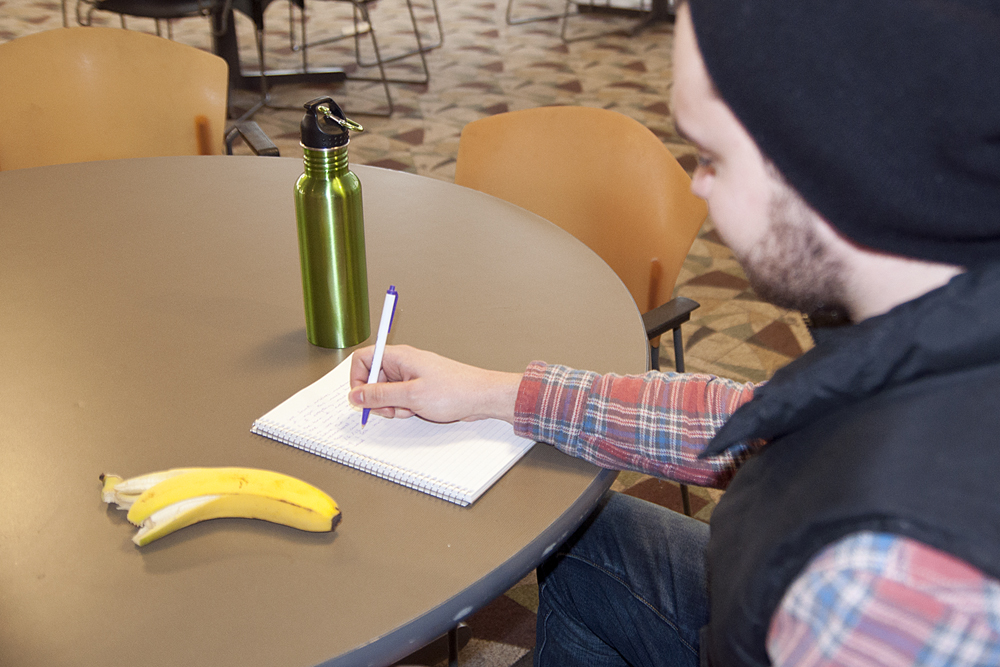China is an enormous country. For anyone interested in getting a sufficient taste of the country’s food, history and culture, even several months of travel are not enough. For anyone who desires to understand a revealing version of modern Chinese history as told by the Chinese Communist Party, the museum exhibit “The Road to Rejuvenation” is essential viewing.
The increasingly-belligerent behavior of China in recent months—which includes establishing an air defense zone and engaging in territorial disputes with its neighboring countries—reminded me of this museum exhibit I explored two years ago. At the National Museum of China in Beijing one summer afternoon, I browsed displays of West African wood sculptures, ancient and modern silk paintings and Chinese currency collections covering 5,000 years with immense interest. Just as I was walking out and thought I had seen everything available, I came upon an immense door inviting me to see the “Road to Rejuvenation.”
In the unbearably upbeat and sanitary language characteristic of communist literature, the enormous exhibit proclaimed that it offered “a history of China from the Opium Wars and humiliations of the 19th century to the present day.” The exhibit gave me the impression that the 19th century featured only misery and defeat for China, and that such dark days ended only thanks to the heroic efforts of one dedicated group of political and military leaders. No points for guessing the identity of that party. No points either for guessing who I was supposed to sympathize with when I saw an enormous mural depicting the slaughter of defenseless Chinese by Japanese invaders.
The exhibit featured some genuinely interesting objects on display, such as recreations of typical Chinese households in each decade of the 20th century, weapons used during World War I, and records of Chinese scientists who had worked and studied abroad in America during the 1950s. Ultimately, however, the goal of the exhibit was to deliver a history lesson so biased that it would make Howard Zinn jealous.
Every item, no matter how innocuous or prosaic (there was even a cabinet of cell phones on display, including an iPhone), was included in order to bolster the museum’s argument for the unquestionable glory and righteousness of Chinese communism. No attempt at objectivity was made; China defeated Japan in World War II only by the sacrifices and savvy of the communists, and China’s economic boom owes its existence to wise communist guidance.
Never mind that most Chinese acknowledge that the communists cooperated with the Nationalist party to fight Japan, or that the economic policies of Mao Zedong killed tens of millions of people during peacetime. To revise the official history it has been preaching since 1949 would lead to further questioning and weakening of its legitimacy, so the Chinese Communist Party does everything possible to feed its own hagiography. Incidentally, an iPhone app featuring the exhibit is available for download, making me wonder that the placement of an iPhone alongside other cellphones implied the current or future decline and fall of Chinese communism.
The exhibit took me two hours to see in its entirety. Being that it’s a permanent exhibit in the museum, there is little doubt that the CCP wants as many people as possible to take in the sights and accept its narratives. For most of the time, I was the only person sauntering through the halls; the Chinese are already inundated with the same narratives in textbooks, movies and TV, so most have no interest in the exhibit.
I believe few people are dying to glance at the speeches of Hu Jintao collected into frighteningly thick books, a cowboy hat worn by Deng Xiaoping or a Bantam Classics copy of Red Star Over China by Edgar Snow under sheets of glass. Nowhere did I encounter any mention of the Great Leap Forward, the Anti-Rightist Movement, the Cultural Revolution, re-education camps, the imprisonment of Wei Jingsheng, the Tiananmen Square protests and massacre, or the Nobel Peace Prize awarded to Liu Xiaobo. I certainly can’t say I was surprised.
Toward the end of the exhibit, I strolled up to a giant window and looked out toward the wide street teeming with cars and pedestrians. Right across, in the distance, I had a clear view of Tiananmen Square in all its vast and intimidating glory. I shifted my gaze downward to the space directly below the window. I glimpsed a filthy open area walled off by a high fence that indicated the boundaries of the museum. There was trash and debris covering the ground, with trucks, barrels and bags of cement scattered around. The construction area of the museum was largely invisible to anyone on the outside. I saw before my eyes the whole of contemporary China that day.





